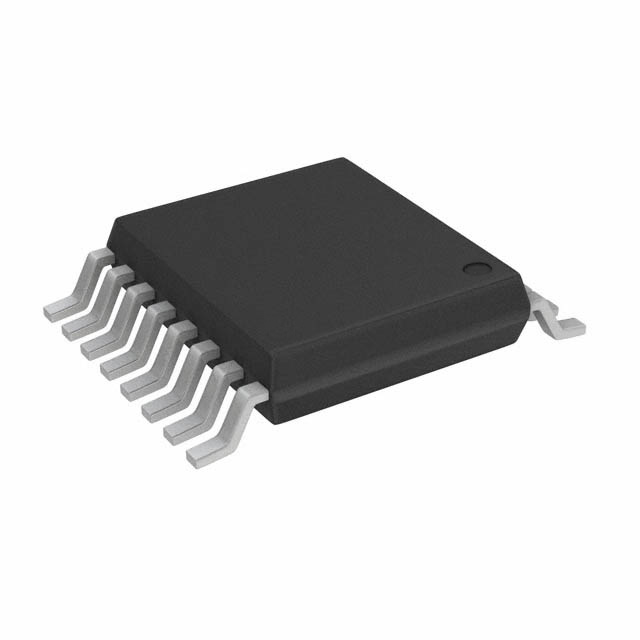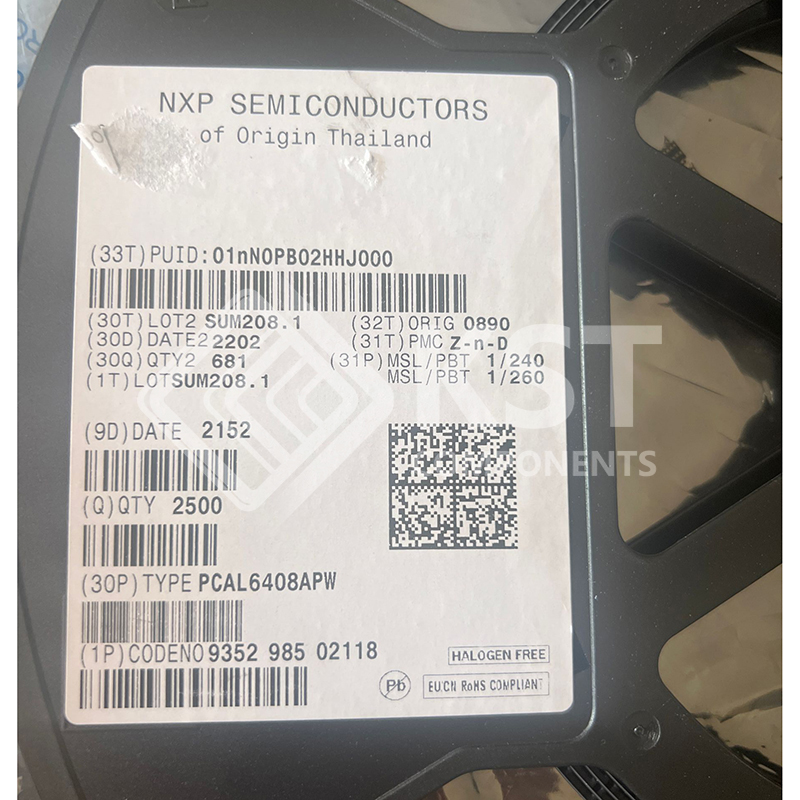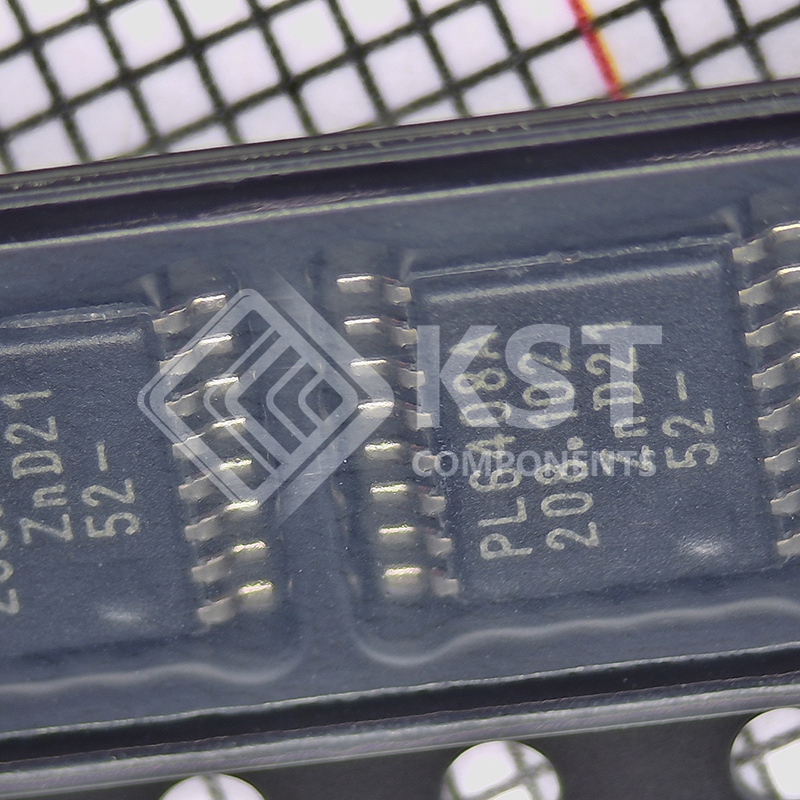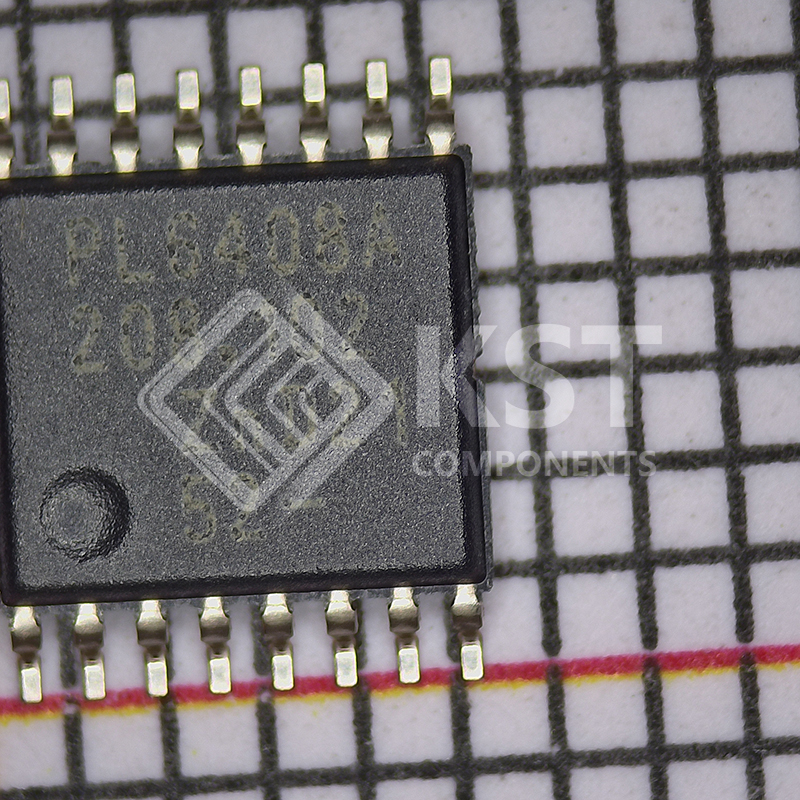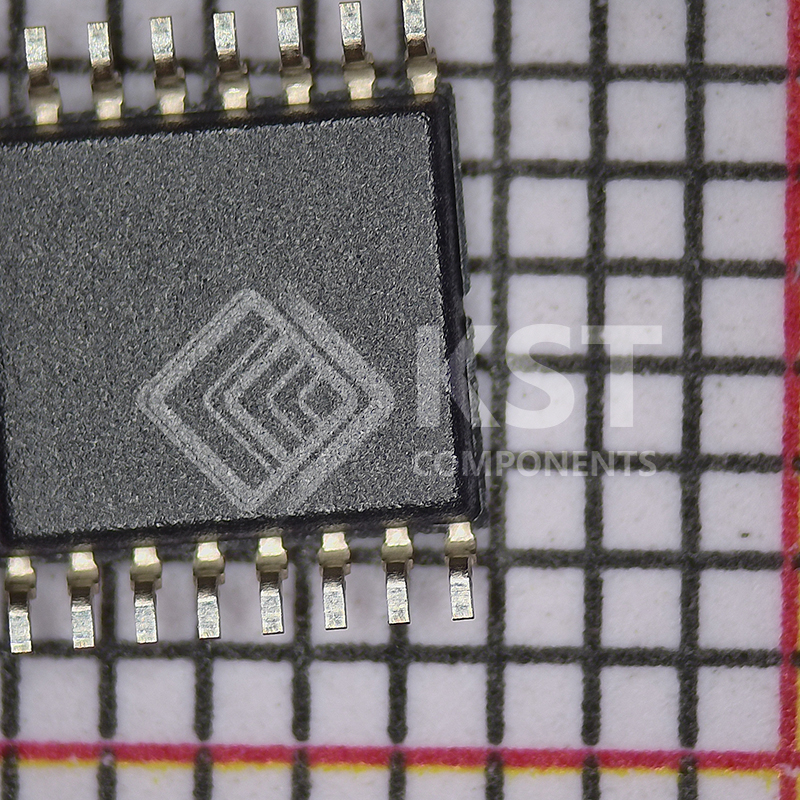I2C-bus to parallel port expander
Operating power supply voltage range of 1.65 V to 5.5 V
Allows bidirectional voltage-level translation and GPIO expansion between:
1.8 V SCL/SDA and 1.8 V, 2.5 V, 3.3 V or 5 V Port P
2.5 V SCL/SDA and 1.8 V, 2.5 V, 3.3 V or 5 V Port P
3.3 V SCL/SDA and 1.8 V, 2.5 V, 3.3 V or 5 V Port P
5 V SCL/SDA and 1.8 V, 2.5 V, 3.3 V or 5 V Port P
Low standby current consumption of 1 A
Schmitt-trigger action allows slow input transition and better switching noise immunity
at the SCL and SDA inputs
Vhys = 0.18 V (typical) at 1.8 V
Vhys = 0.25 V (typical) at 2.5 V
Vhys = 0.33 V (typical) at 3.3 V
Vhys = 0.5 V (typical) at 5 V
5 V tolerant I/O ports
Active LOW reset input (RESET)
Open-drain active LOW interrupt output (INT)
400 kHz Fast-mode I2C-bus
Internal power-on reset
Power-up with all channels configured as inputs
No glitch on power-up
Noise filter on SCL/SDA inputs
Latched outputs with 25 mA drive maximum capability for directly driving LEDs
Latch-up performance exceeds 100 mA per JESD 78, Class II
ESD protection exceeds JESD 22
2000 V Human-Body Model (A114-A)
1000 V Charged-Device Model (C101)
Packages offered: HVQFN16, TSSOP16, XQFN16,
XFBGA16 (1.6 mm 1.6 mm 0.5 mm), X2QFN16 (LGA, Land Grid Array) 1.6 mm x
1.6 mm x 0.35 mm



